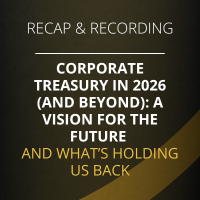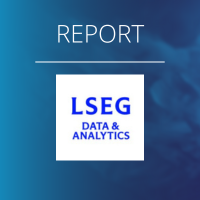You may have come across a currency described as being “pegged” to another, probably against the US dollar, but what does it mean?
Source: Oku Markets
Types of Currency Peg
A currency peg is a policy whereby a country’s central bank or government fixes the exchange rate for its currency, usually against another currency, but sometimes against a basket of currencies.
- Hard Peg: the currency is fixed at a specific rate against another currency, like the Saudi Riyal which has been pegged to the US dollar at a rate of 3.75 since 1986
- Soft Peg: the currency is allowed to float, usually within a band; the central bank or government intervenes less frequently, like with the Chinese renminbi since 1994
- Crawling Peg: a peg that allows for managed appreciation or depreciation of the currency over time through periodic rate adjustments, like the Vietnamese dong
- Basket Peg: the currency is fixed to the value of a basket of currencies rather than just one, like the Kuwaiti dinar, which has an undisclosed basket
Most currencies are allowed to freely float, however with little or no governmental intervention!
Why peg a currency?
The main reason central banks or governments would peg a currency is stability and predictability. With a stable exchange rate, the government can pursue policies that meet short-term and long-term goals without interference from currency fluctuations.
There’s a reason that the major Gulf states of Bahrain, Kuwait, Oman, Qatar, Saudi Arabia and the United Arab Emirates all have pegged their currencies to the dollar (or a basket, as is the case for Kuwait)… Oil is traded in dollars!
Can the peg fail?
Oh yes, currency pegs can fail and, when they do it’s often spectacular. Pegged currencies can come under immense pressure, requiring intervention by the central bank. To maintain the peg, the authorities need to manage the supply of the currency so they’ll need to buy the currency and sell foreign exchange if the value is falling. Likewise, if the currency is too strong then authorities will sell the currency and purchase foreign exchange.
Governments and central banks don’t have an endless capacity to do this though, but would you bet against the Federal Reserve or the Bank of China? No, probably not.
- In 1997, speculators attacked the Thai baht’s peg to the US dollar. The slowing Thai economy and widening trade deficit meant the currency was vastly overvalued. Eventually, the government was forced to abandon the peg which triggered a financial crisis across East and Southeast Asia.
- In 2015, Switzerland intentionally scrapped its peg to the euro (a limit on the franc’s value, really) which resulted in a flash crash in EURCHF, moving from 1.20 to 0.96, later setting around 1.05.
- The Hong Kong Monetary Authority has successfully defended its peg of the Hong Kong dollar since the early 1980s – there are increasing calls of late that speculators are attacking the peg but, with the growing interconnectedness of Hong Kong and China, this looks on a hiding to nothing
What are the risks of pegging a currency?
- Lack of monetary policy autonomy – if the central bank of the currency you’re pegging to adjusts interest rates, you must follow suit
- Speculative attacks from investors who believe the peg’s value is wrong and is vulnerable (i.e. a lack of resources to defend it)
- Lack of flexibility – especially for hard pegs. If the economy enters a downturn, for example, the country can’t devalue the currency so easily
Need help?
It is essential to provide businesses with the knowledge and resources they need to succeed in the FX market. treasuryXL expert Harry Mills offers transparent and effective currency risk management strategies and trading solutions to your clients. Get in touch if you want to learn more.
Thanks for reading!
Harry Mills, Founder at Oku Markets












